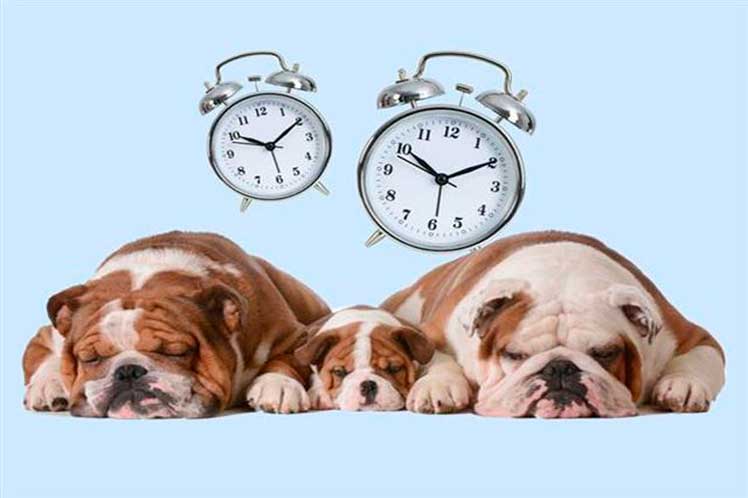Your pet may not be able to tell the time, but it is able to perfectly identify the time to walk, play, eat or go to rest, and even when you get home from work.
Humans have a very similar perception of time thanks to memory, prediction and their own personal history, establishing parameters to adapt to life. Well, the same thing happens to animals, although they do not do it in the same way.
In this particular case, they do not know how much time has elapsed between one activity and another. However, they react to a biological state that arrives at particular and specific times during each day.
This may depend on changes in their hormone levels, sunlight, ambient and body temperature, as well as daily neural performance.
This is called circadian rhythm, a cycle of approximately 24 hours in which physiological processes respond to various signals or stimuli.
This way, they can associate events with each other and, from this, recognize the interval in which they occur.
On the other hand, smell is one of the most relevant senses for dogs. According to experts, “they are capable of smelling time in a similar way to how a person would determine it by observing an hourglass or a water clock.”
Alexandra Horowitz, PhD in Cognitive Science and author of several books on canine behavior, explained that odors move as the day progresses.
“Warm air rises and usually circulates in currents along the walls to the ceiling, moves toward the center of the room and falls,” she said.
Such olfactory cycles are essential for perception and intuition in the minds of dogs.
So, along with their growth, they register and recognize changes in the environment that allow them to detect the passing of time and identify different situations.
By Alice Bell Landa
Taken from Orbe
jg/abl









